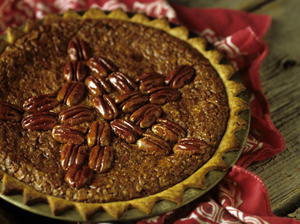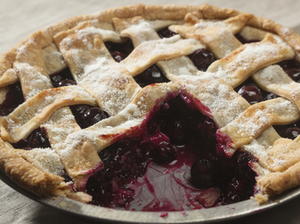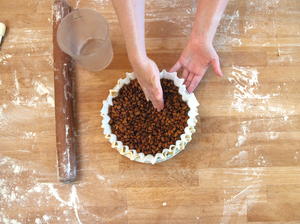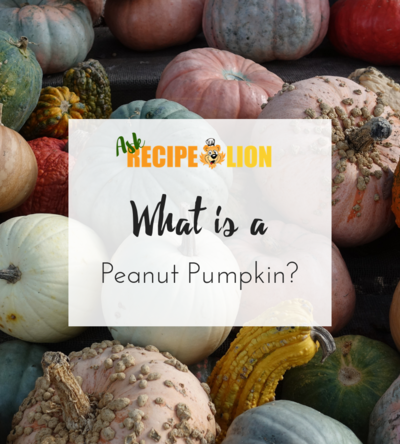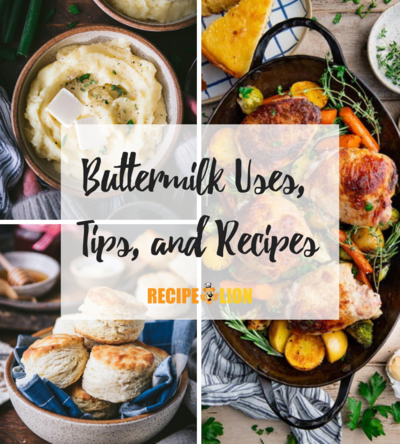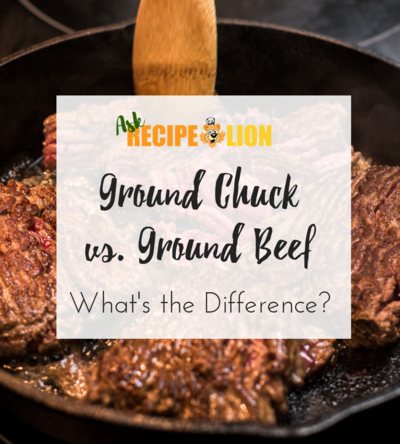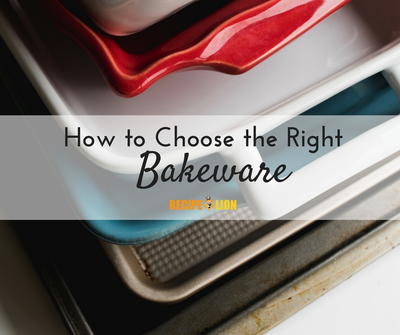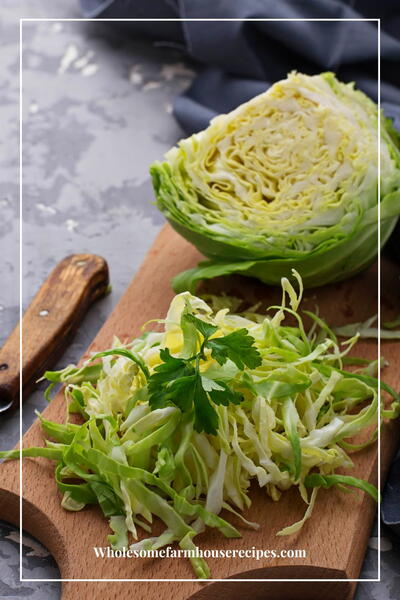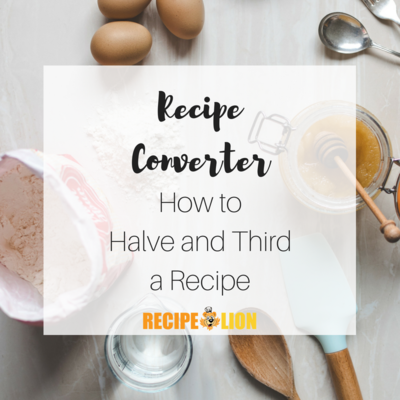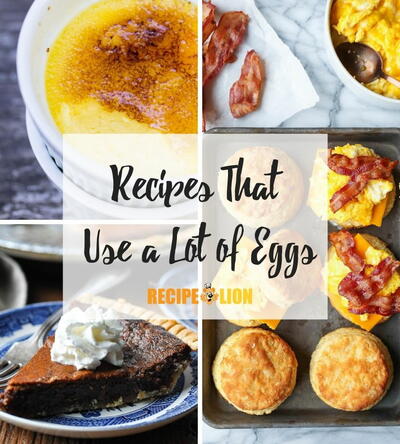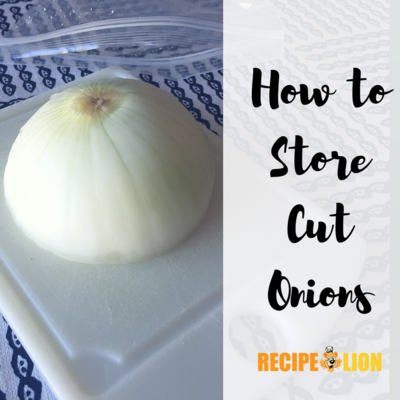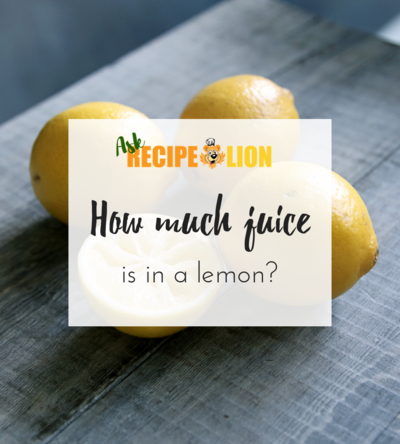5 Pie Crust Tips Every Baker Should Know
Make baking a pie so much easier with these pie crust tips!
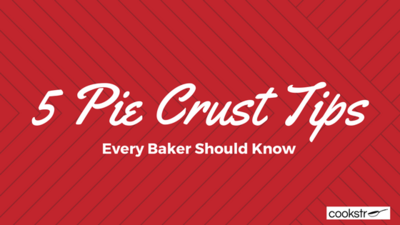
Do you think that making a pie crust only requires mixing a few ingredients, then throwing it all in the oven? There's more — a lot more — to pie crusts than simply making enough dough to cover your pie pan. From keeping ingredients chilled to taking care that the edges of the crust do not burn, baking a pie is as much of a science as it is an art form. If the pie is baked correctly, you will be rewarded with a pastry that includes a flaky crust and a hearty filling; if you overwork the dough, the pastry might be a tough and misshapen mess.
Whether this is your first time baking pie or you want to brush up on your pie-baking skills, these 5 Pie Crust Tips Every Baker Should Know will help you get started. In the following guide, you'll learn how to bake pies like a pro. Whether you want to try baking a hearty meat pie for Sunday dinner, try your hand at a delightful cream pie recipe for a special occasion, or simply want to bake a pie that uses in-season fruit, these pie crust recipes and tips will help you succeed every time.
Table of Contents
Are you looking for even more dessert ideas? This recipe collection will get you started! You'll love finding your new favorite dessert recipe when you take a look at these 35+ Crazy Easy Dessert Recipes for Any Occasion
Stay Cool when Baking a Pie
Keeping your ingredients cold for a pie crust is a crucial part of successfully baking a pie. If the dough gets warm and overworked, it can get tough and be difficult to roll out, resulting in a pie crust that's anything but flaky. To keep your cool, consider grating or cutting the butter for the pie crust into small blocks, then chilling it in the refrigerator until it’s ready to use. While you're at it, keep your water, flour, and other pie crust ingredients in the refrigerator until just before you're ready to make the dough. Your baking equipment will need to be cool, too. For instance, as noted in The Gazette of Colorado Springs, Colorado, some professional bakers prefer to roll out pastry on marble slabs that have been stashed in the refrigerator.
Blind Bake Pie Crusts Like a Pro
Have you ever heard of blind baking? This technique refers to baking the pie crust sans filling. This technique, which is typically used for pies with cream fillings that can include chocolate mousse or key lime (or can sometimes be used for double-crust pies), is not as difficult as it sounds. After forming the dough, the crust is placed in the pie pan, then docked with a fork several times so that the crust does not puff up while baking. The pie crust is then lined with parchment or aluminum foil, then filled with dry beans, sugar, or special pie weights. When the pie crust is completely cooled, you can pour in your desired filling, including your favorite recipe for cream pies.
How to Add a Top Crust with Finesse
When you add a top crust to your pie, does it tend to look more like a lump of dough and less like the flat crusts seen in your favorite bakery? Here's a tip to help you out. When it’s time to place the top crust, roll out the chilled pie dough to a size that will amply cover the pie shell. Carefully pick up the pie dough and place it on top of the pie’s filling. Use your thumb, a fork, or a spoon to crimp the edges of the pie, and trim off any pie that hangs over the side. Next, grab a knife and make slits in the top crust, with Bon Appétit noting you should completely cut through the top crust to allow steam to escape.
Brown Your Pie with Style
You may have brushed the top of your pie crust with milk to get a unique taste and look, but what about using an egg wash? According to the Science and Food Blog, which is supported by the UCLA Division of Life Sciences and Department of Integrative Biology & Physiology, an egg wash applied to the top crust right before baking can help your baked treat achieve that delicious browned appearance. Simply mix an egg with a little bit of water — you want this to be well mixed, or you’ll wind up with scrambled eggs on top of your pie crust — then use a pastry brush to apply a thin coat on the top crust of your pie.
Keep Your Pie Crust from Burning
It’s a conundrum many home bakers have faced: How can you brown your pie crust without burning the edges? Luckily there’s a quick fix for that. About halfway through the pie’s bake time, take a peek at the crust along the edge. If it appears to be baking faster than the remainder of the pie crust, then wrap the edge in aluminum foil (Real Simple has a quick and easy trick for this). Keeping your eye on the pie as it bakes will ensure the edge of the crust will not start to burn. You can also try rotating the pie pan 180 degrees about halfway through the bake time to ensure that the crust bakes evenly.
Pie Recipes You'll Want to Try
Put your skills into practice and get ready to dig in when you bake these delicious pie recipes! From tried-and-true favorites that Grandma would love to new and innovative twists on the classics, this selection of homemade pie recipes will be just what you need for almost any occasion. Bake a pie for company coming over, and then bake a second pie to eat the next day when you use these recipes for pie. If you'd like to get creative and bake your own pie, then you'll want to take a look at the pie crust recipe included in this list, too. You'll want to bake it with your favorite fillings!
Are you looking for even more dessert ideas? Then you'll want to keep this free eCookbook at your fingertips! This eCookbook offers an assortment of dessert recipes that are perfect for casual get-togethers with friends or for a quiet night at home. You'll love take a look at these 12 Easy Dessert Recipes: Dessert Ideas for Parties and More
What is your tip for a perfect pie crust?




